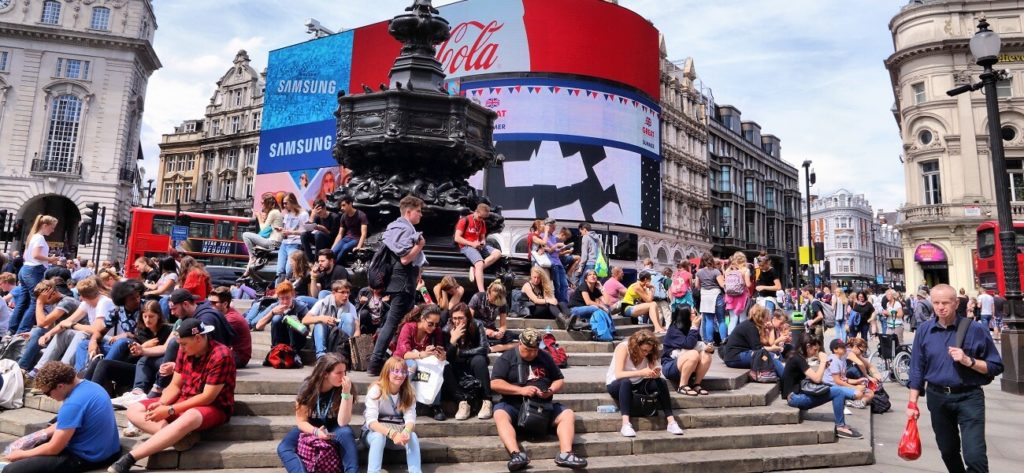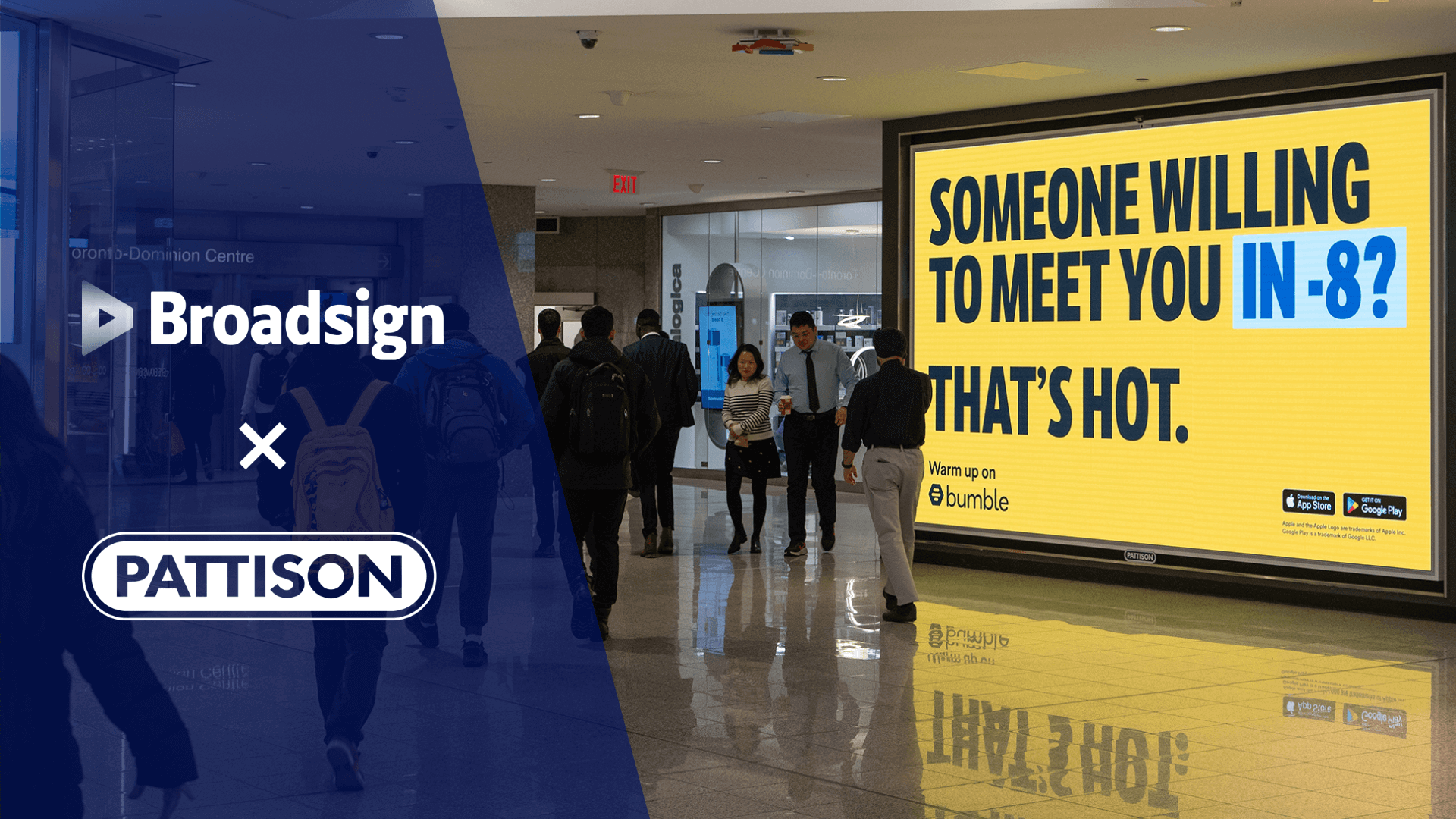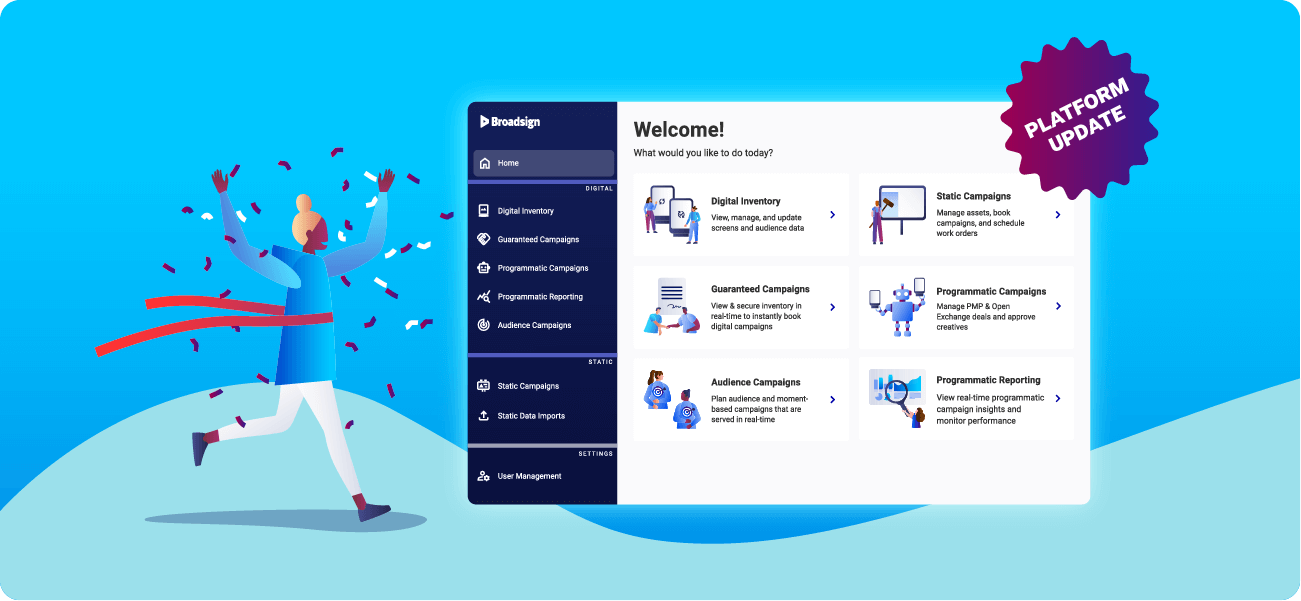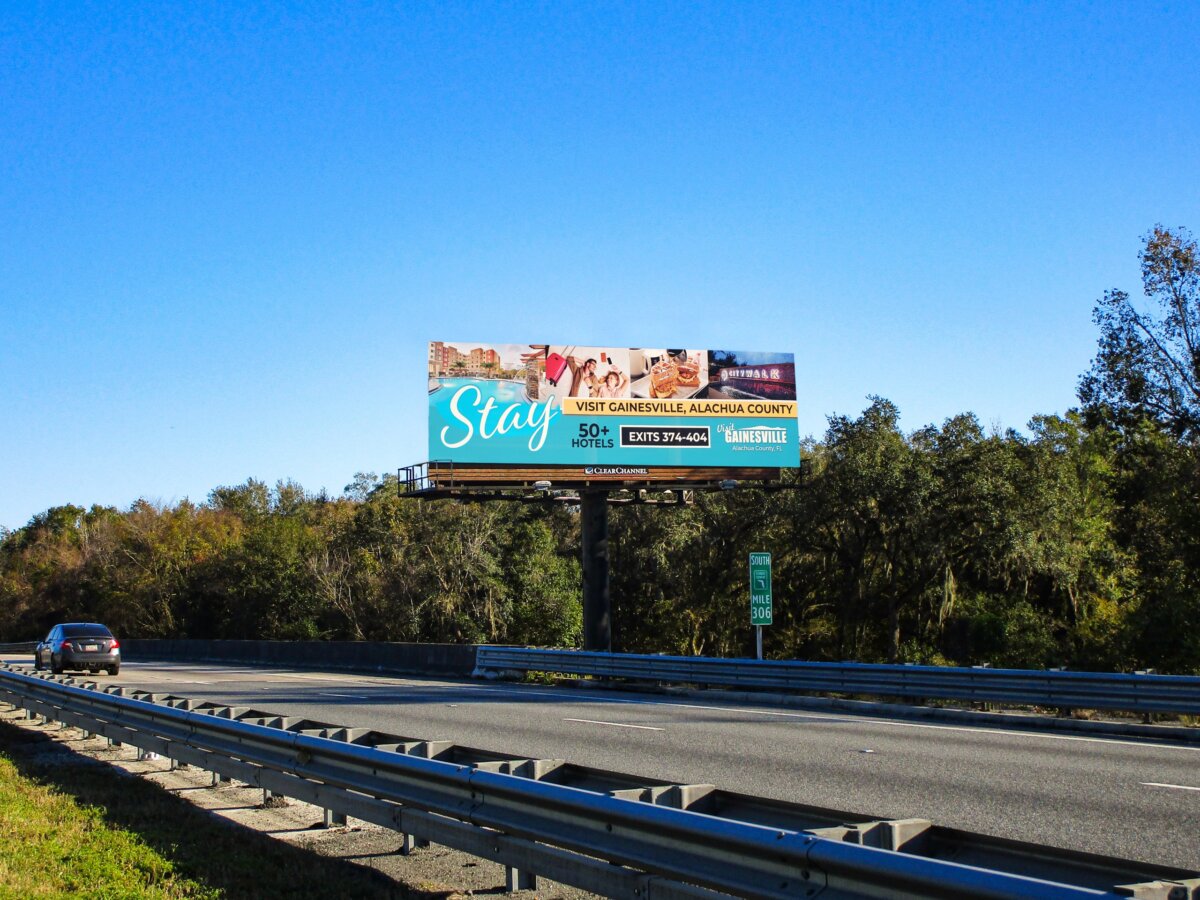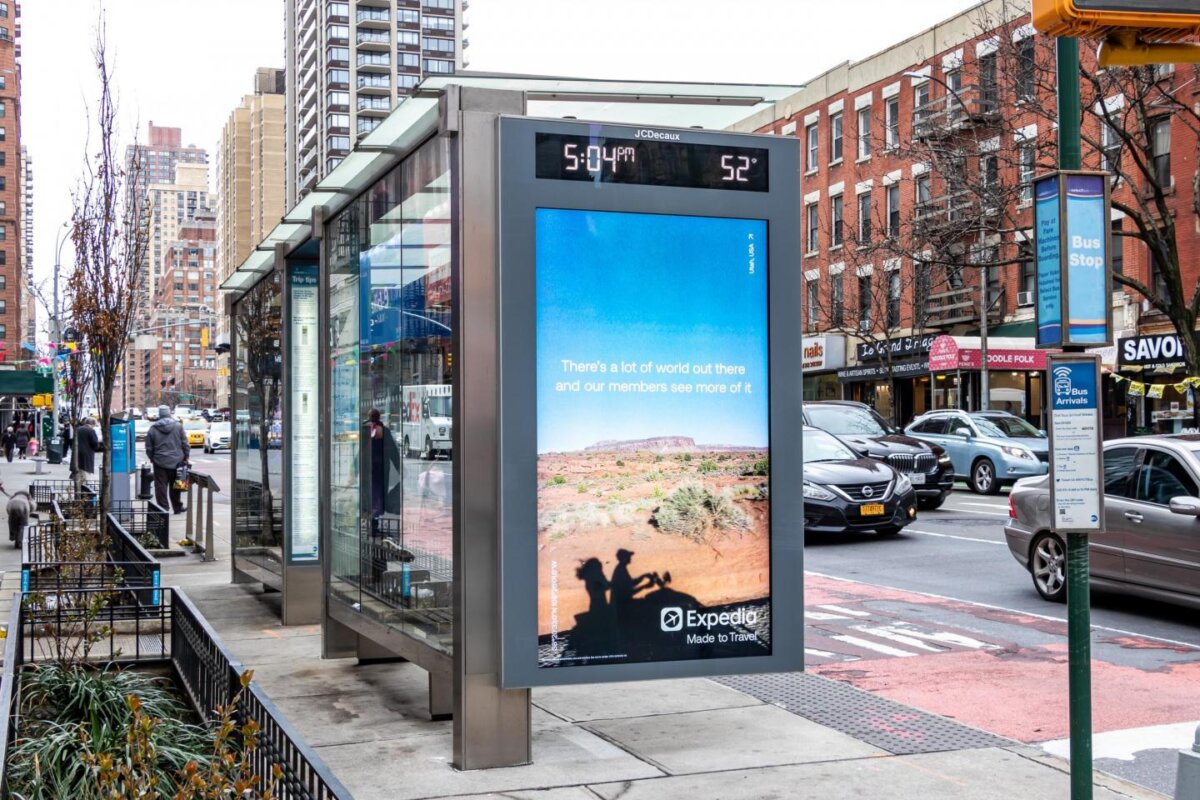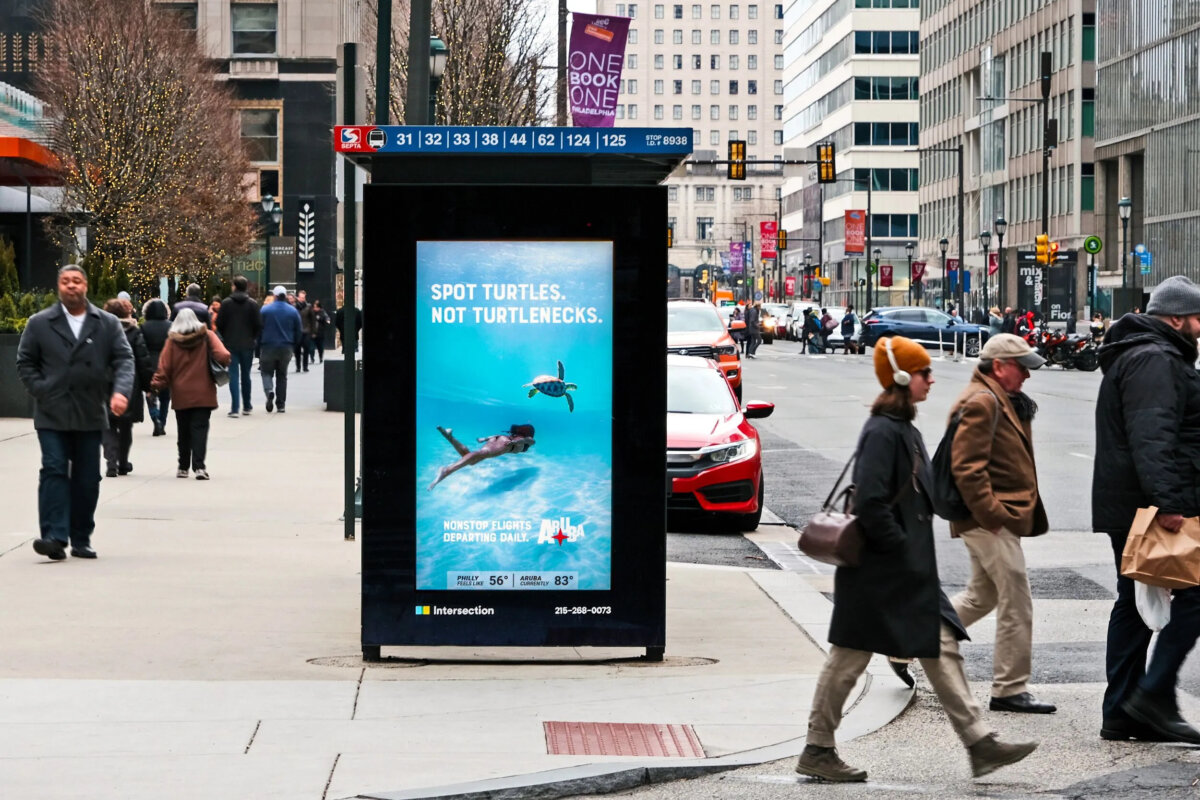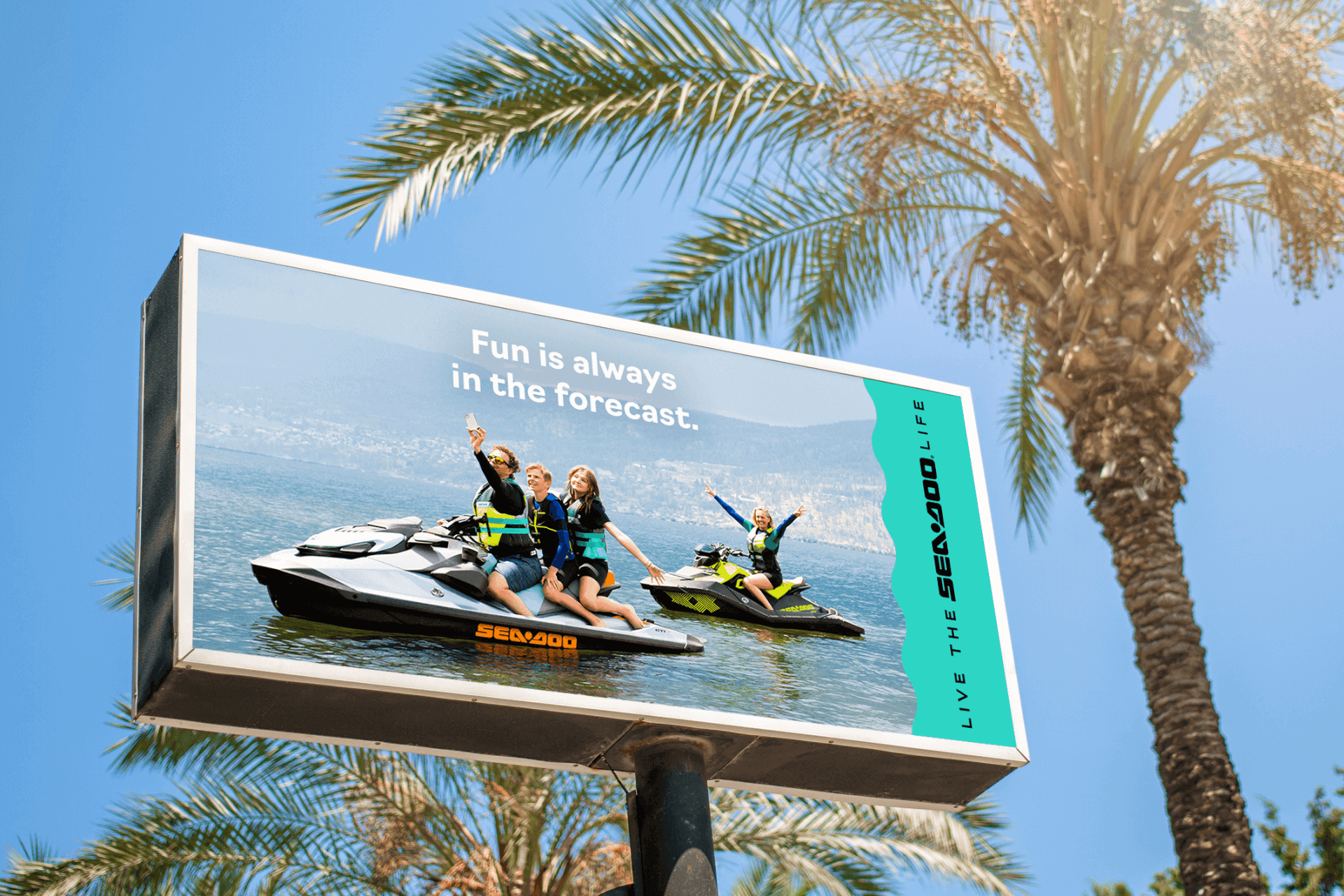| October 11, 2021
How to start a digital out-of-home business
The digital out-of-home (DOOH) space has grown at an impressive rate in recent years, accounting for 28.3% of all out-of-home (OOH) ads in 2019. With predictions showing these numbers up to 38.3% by 2023, the rise of DOOH shows no signs of slowing. And as DOOH technologies continue to advance, the doors for more affordable, flexible campaigns open wider.
If all the excitement surrounding DOOH has piqued the interest of your inner entrepreneur, you might be considering how you can get in on the action. These next few sections will cover what it takes to start your own digital out-of-home business.
Understanding startup costs
First, you will need to consider the startup costs. There’s a lot of expense involved in acquiring the screens, digital signage players, cables, and even the mounting brackets required for building out your network. On top of that, there will also be additional costs for the actual installation.
It is important to thoroughly research the best hardware options to match your budget and needs, including those dictated by your environment. For example, besides the technical specifications of your screens, you may also have to consider weather conditions — a digital screen on a frigid roadway up north needs to be able to handle different conditions than an indoor screen at the mall.
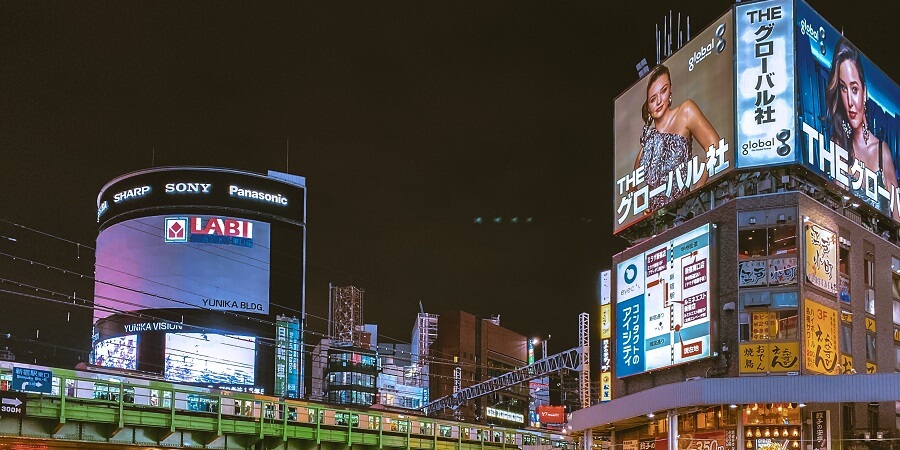
Once you’ve selected your screens, the next costs to consider will be your digital signage player — the computer that is attached to or embedded within the signage display. One of the most important factors when choosing your player will be software compatibility. You’ll want to ensure your hardware choice doesn’t restrict the software option that best meets your needs.
Aside from these initial expenses, you must also keep in mind the continued costs of services like internet connectivity, upgrades, software licenses, real estate, remote access, monitoring, and support.
Preparing for a new kind of selling
If you are already familiar with selling inventory for out-of-home, you may find DOOH to be an entirely new ballgame. With options to sell based on deeper audience insights, the demand and expectations from media buyers will deepen too. You and your sales team need to try and understand the different deals that are possible in DOOH in order to most effectively meet the needs of your customers and generate revenue for your business.
Support many types of buyers
Media buyers may have a variety of criteria they want met when they purchase ad space. Some may purely want to achieve a specific number of impressions, while others may want to target specific audience demographics in specific locations. The more types of buy that you are able to offer, the more sales you will be able to make. To start, some common types of buys you should support include:
· audience-based;
· location-based;
· share-of-voice; and
· loop frequency.
This is where your digital signage players and software choices come into play. It is important for you to be able to support these types of buys in order to deploy a campaign that best supports the media buyer’s target.

Selling with more accuracy
The more accurate you can be when reporting on audience data and impressions, the more money you can potentially sell ad space for. For example, if you know that there are mostly college-aged people passing by one of your particular screens, you can sell that space to a college recruitment campaign for a premium. This brings more value to both you and the media buyers, as they’ll likely better reach their audience with the target screen than they would with others.
Offering accurate targeting capabilities for media buyers to meet their goals is becoming an essential part of selling DOOH inventory. Digital can rely on OOH audience measurement and intelligence tools to fully understand the audience that is currently in front of a screen at any given time (often, in real time).
Furthermore, some of these technologies are able to dive even deeper, breaking down audience demographics of those present when particular ads were playing. This level of transparency provides media buyers with a greater level of accuracy when measuring the success for campaigns. The greater the insights you can offer, the more ways you can sell inventory.
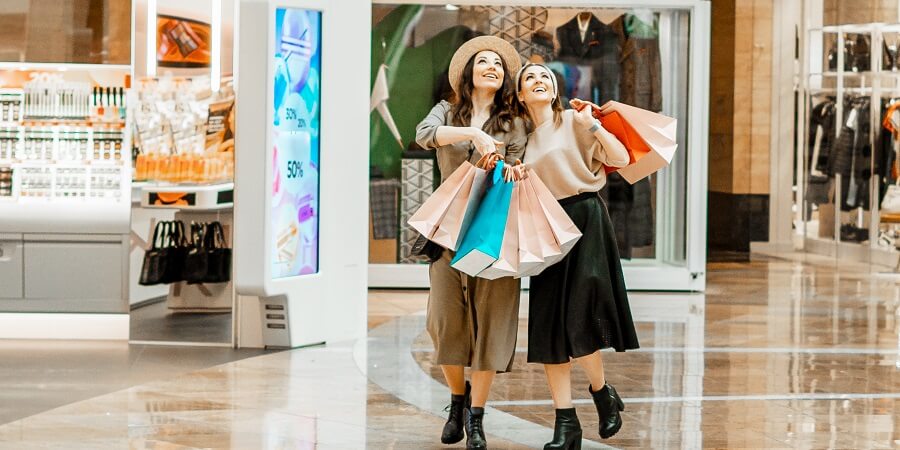
Equip your sales team
With more complex metrics and pricing used to sell DOOH inventory, it is vital you have a sales team that is ready for the particulars of DOOH. If your sales team comes from a traditional OOH background, getting them up to speed with DOOH will require time and training to ensure they are adept at selling digital campaigns.
Where a traditional OOH ad might sit up on a billboard or a sign for days or weeks at a time, digital ads tend to run in slots measured only in seconds. This means your sales team will need to be prepared for a likely increase in the volume of bookings, as well as to sell according to the different kinds of campaign pricing models mentioned above. Dedicated OOH sales software like Broadsign Direct can be a big help in helping your team manage the new sales process, and can also help eliminate double bookings and otherwise reduce human error.
Planning for programmatic sales
If you’re planning on starting your own digital signage business, it’s important to know how programmatic has been shaking up the industry. But what is programmatic?
Programmatic DOOH refers to the automated buying, selling, and delivery of out-of-home advertising. In other words, transactions are automated by computers in response to external triggers or targeted at a specific audience. Buyers are able to set their own conditions under which they want to buy media. If their campaign is approved and the targeting conditions are met, ads are purchased automatically. For example, an advertiser selling umbrellas may only wish to run their ads when the forecast is calling for rain.
Example: This programmatic ad for Foodora played different content depending on the weather
Because programmatic campaigns can be sold in such a targeted manner, media owners can charge a premium for the more efficient spend. What’s more, programmatic DOOH campaigns are often purchased as part of larger multichannel buys that include online, mobile, and other kinds of advertising that are also purchased programmatically. Buyers like the convenience of being able to make DOOH a part of their existing digital advertising spend.
Finally, programmatic offers a dead simple way for large brands to put a message out to large local, national, or even international audiences just by changing the targeting conditions of their campaign. Newcomers to the DOOH space who want their inventory to be selected for campaigns run by the biggest companies around will have much better odds if they support programmatic selling of their inventory.
Other things to keep in mind
While starting a digital signage business may sound as simple as purchasing the hardware and software and selling to media buyers, there is a lot more that goes into the business of DOOH. Here are a few more things to keep in mind as you look into starting up.
Building your team
We recommend you start out small and slowly begin to build your business up to minimize risk. If you expand too quickly, you may run into unforeseen technical or economic troubles that leave you reeling. But this doesn’t mean your operation should be a one-man show. In fact, you’ll improve your odds of success by bringing in some key individuals to help you manage the different aspects of the business.
· CFO/Financial advisor: someone to help evaluate your financial goals and create a plan as you gradually build up your business.
· Project manager: someone who sets up display installations, makes technical arrangements, and takes care of the details while you focus on the ‘big picture.’
· Software engineers: someone in house to oversee deployment and ensure everything is running smoothly on a day-to-day basis.
· Salespeople: someone to sell your DOOH inventory (see, “Selling to Media Buyers” above for more).
· Legal assistance: someone familiar with the different bylaws regarding OOH generally and DOOH specifically.

Local laws
Speaking of the law, there are many different laws and bylaws that you may need to consider when it comes to DOOH. It is important you are familiar with these laws as you begin to set up your business.
There are many different kinds of laws pertaining to OOH, but some of the most common ones include:
· Size and height of screens
· Locations (ex. Restricted on certain roadways)
· Separation between signs
· Type of content displayed (ex. local governments may prohibit advertisements for alcohol in public spaces where youth exposure is made possible)
· Illumination levels
Be sure to thoroughly research local government regulations and restrictions on digital signage before making any purchasing decisions.
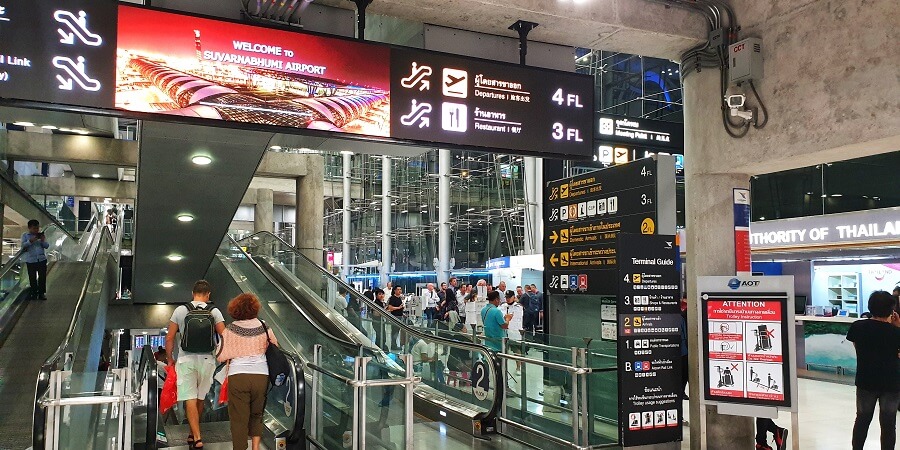
Selecting Locations
Where you choose to place your digital signage is one of the most important pieces in the success of your business. So where do you start? Here are a few things to consider when selecting a location for your screens:
· Where is the screen most useful for the intended audience?
· Will lighting affect the viewability of the screen?
· Where is the nearest power source?
· Is there internet connectivity?
· Does the venue have rules or regulations for digital signage?
Keep in mind, too, that choosing your location will likely involve working out a rental agreement with a landlord or delivering signage in specific locations to fulfil a government contract. You’ll need to put some legwork in to bring either kind of network to life.

Security
Finally, you’ll want to consider security as you begin setting up. In a digital space, comes the threat of digital security. As more stories continue to dominate headlines regarding hackers, it is vital to have a digital security plan.
Be sure you take the time to research security protocols of the software solutions you have in place and make sure the solution you choose meets your needs. This is especially important in sensitive environments, like the healthcare space, where it is especially important that troublemakers can’t take over your displays. Our solution, for instance, holds SOC II Type 1 certification, effectively meaning it’s as secure as online banking. This level of security should be more than adequate for just about any DOOH environment you can think of.
Want to dig deeper?
Download your complete guide to building a successful digital signage network
